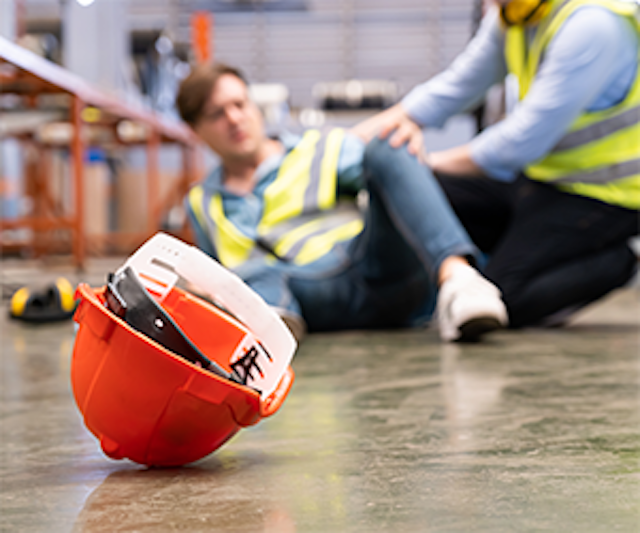- Former Irish sports star awarded €944,000 following workplace accident
Former Irish sports star awarded €944,000 following workplace accident
- Health & Safety
Peninsula Team, Peninsula Team
(Last updated )
Peninsula Team, Peninsula Team
(Last updated )
Jump to section:
A former Limerick senior hurler, Mark Keane, has been awarded €944,000 in damages after he suffered serious injuries in a workplace accident at a Johnson & Johnson plant in Limerick.
Details of the workplace accident and court case
The incident took place in 2018, while Mr. Keane was working as a technician making contact lenses. He told the High Court that while he was working on the factory floor, a colleague got his arm trapped in a piece of machinery.
After running to assist the colleague and attempting to reach into the machine to free his arm, Mr. Keane got his own hand caught in the internal mechanisms and his right hand was bent backwards. During the incident, he managed to take the weight of the top of the machine and to hold it ajar long enough for other employees to arrive and free the co-worker with a crowbar.
The judge stated that the accident was caused by a failure of the machine’s safety mechanism, causing the weight to drop on the co-worker's arm.
Mark Keane’s lawyers have stated that the accident damaged the nerves in his right hand, as well as affecting his shoulder, back and elbow. They also stated that he suffered continuous and severe personal injury and PTSD after the accident, as well as loss, damage, inconvenience and expense.
Lawyers for Johnson & Johnson said that the multinational company “absolutely” accepted responsibility for the injury and nerve damage which Mr. Keane suffered in his right hand. The company, however, also stated that they did not accept responsibility for the injury he claimed to his right shoulder.
The judge in the case, as well as awarding a total of €944,074.46 in damages, said that there appeared to be evidence that there was a causal connection between the accident and the pain experienced in Mr. Keane’s right shoulder. The judge awarded €135,000 in general damages, €408,943.50 for future loss of earnings, €154,605 for the loss of earnings endured since the accident, and the remainder for loss of pension rights, special damages and medical costs.
The importance of Health & Safety training
This case demonstrates the significant physical and financial risks that come with the use of machinery and other dangerous equipment in the workplace. It is crucial, both for the protection of your employees and the protection of your business, to ensure a safe and compliant working environment for all.
As an employer, you have a legal duty to minimise the risk of accidents occurring in your workplace. This means that you should provide a safe area or building for employees to carry out their work, suitable materials and equipment, and a safe system of work with sufficient training and supervision.
Activities such as manual handling, fire safety, and first aid require the employer to ensure that relevant employees receive regular and comprehensive training. Similarly, if employees are using heavy machinery or dangerous equipment, they should be fully trained in correct usage and safety protocols.
If you’re unsure how to arrange appropriate training, or if you need help determining what training you should be providing, don’t forget that Peninsula can provide on-site, face-to-face training for your business.
Risk assessments for dangerous machinery
If employees are utilising machinery in the workplace, it is also crucial to assess any potential hazards by conducting a thorough risk assessment.
Section 8 of the 2005 Safety, Health and Welfare at Work Act sets out specific safety obligations in relation to machinery. Employers must ensure that the machinery is designed, set up and maintained in a way that is safe and doesn't pose a risk to the health of your employees. Section 19 of the Act requires employers to conduct a risk assessment for any use of machinery.
The results of your risk assessments should be recorded, and these records should be kept at least until the next inspection of that equipment.
- Former Irish sports star awarded €944,000 following workplace accident
When AI meets 40 years of Peninsula expertise you get instant, expert answers to your HR and health & safety questions
